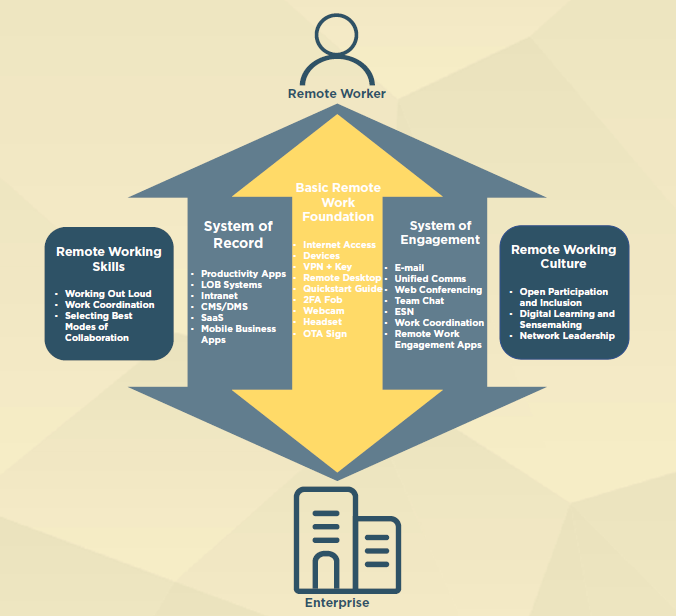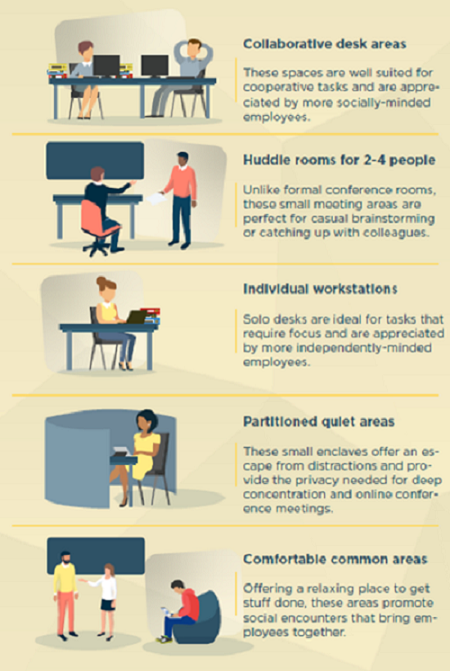
While having the ability to work from outside of a corporate office has been feasible for the last couple of decades, working remotely at home in China has become important on a grand scale only really since the outbreak of COVID-19.
According to a recent survey carried out by Cushman & Wakefield of over 2,000 office landlords and office occupiers in China, only 30% of respondents said they had returned to their workplaces by late February since the end of the Spring Festival holiday, while at least 40% of respondents said they are currently working remotely.
Home/remote working can be a win-win opportunity for employers and employees alike in China. The value that remote work empowerment delivers in terms of employee attraction, engagement, morale, and retention is now well recognized.
When implementing home/remote working business practice, it is important to consider all the factors and issues associated with:
- Business function
- Office workplace design
Among others, these include the platform guidelines plus the tools and the technologies that need to be adopted.
Remote working: Select business functionality issues to consider

Source: zdnet.com, Cushman & Wakefield Research
Businesses also need to consider space layout, design, as well as furniture to be integrated into the office workplace once the platform is up and running.
Remote working: Selected office workplace design concepts

Source: GetApp, Cushman & Wakefield Research
We expect many enterprises around China, which have not already done so, to adopt and to offer their employees some sort of home/remote working business platform and regime into the future, regardless of how long COVID-19 remains a key concern.
According to the same recent Cushman & Wakefield survey, around 21% of the interviewed enterprises in China will change their mode of working and adopt a home/remote working business platform for their office employees in the future.
China companies: Will you adopt a home/remote working business platform for your office employees? (February 2020)

Source: Cushman & Wakefield Office Agency, Cushman & Wakefield Research
Additionally, 81% of the interviewed enterprises in China are likely to add more intelligent communication network technology software and devices, such as cloud conference-related software and devices.
By doing this, these enterprises hope to better enhance the home/remote working experience for their office employees, and boost employee engagement and work productivity.
China companies: Will you add more intelligent communication network technology and devices to better enhance the home/remote working experience for your office employees? (February 2020)

Source: Cushman & Wakefield Office Agency, Cushman & Wakefield Research
Finally, while home/remote working holds many advantages for both the enterprise and its employees, it can never fully become a replacement for the physical office. Though some studies have suggested when working from home that employee productivity can increase, employee turnover can be reduced and leasing costs per employee can be minimised, other studies have found that working from home can increase the feeling of isolation, can be disadvantageous to team cohesion and can dampen product/service innovation.
All in all, there will always be individual employees, business teams, and departments that work better together in the physical office. Moreover, for those employees working at home or remotely, the physical office will always need to be there for face-to-face communication, meetings and collaboration with fellow colleagues and clients alike.


